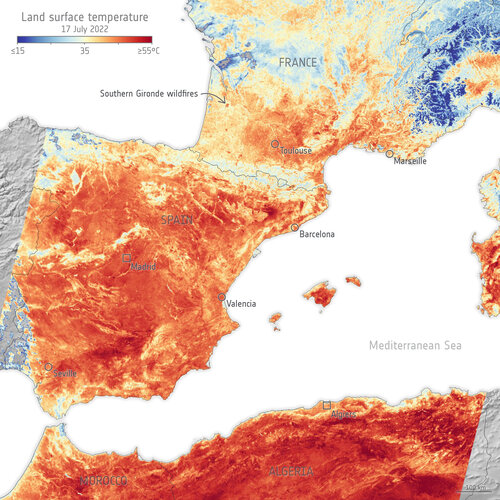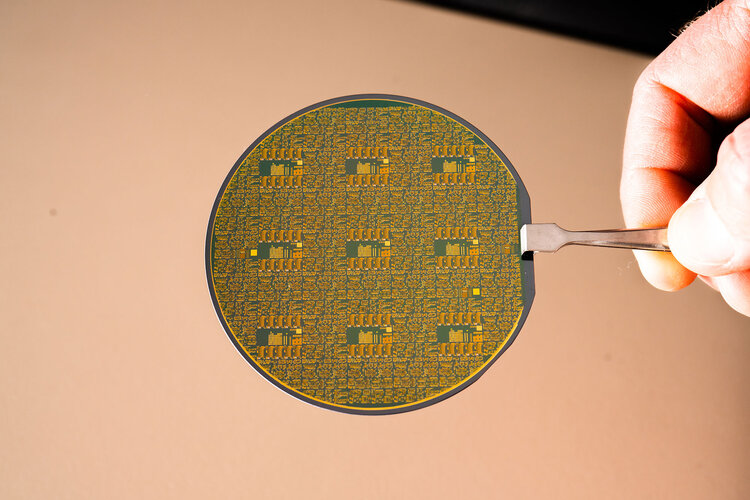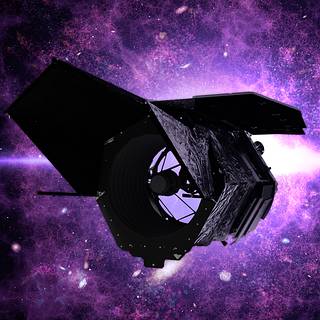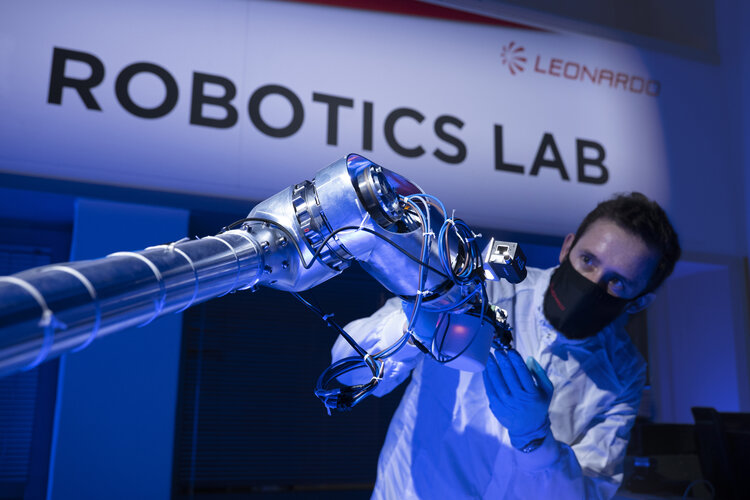
Copernical Team
Feeling the heat from space

With searing temperatures and a string of record highs being smashed across western Europe, the current heatwave is all too apparent. Extreme heat warnings have been issued in several countries including France, Spain and Portugal, and deadly wildfires have forced thousands to flee their homes. The satellite images here are an example of how the crisis is being viewed by satellites orbiting Earth.
From Blu-Ray players to Earth orbit
 Image:
From Blu-Ray players to Earth orbit
Image:
From Blu-Ray players to Earth orbit New collaborative X-ray observatory stands tall as testing begins

NASA Awards Launch Services Contract for Roman Space Telescope
 NASA has selected Space Exploration Technologies Corporation (SpaceX) in Hawthorne, California, to provide launch service for the Nancy Grace Roman Space Telescope mission.
NASA has selected Space Exploration Technologies Corporation (SpaceX) in Hawthorne, California, to provide launch service for the Nancy Grace Roman Space Telescope mission. A mission concept to fly a solar neutrino detector close to the sun

Astronomers have proposed a concept mission to fly a neutrino observatory into orbit around the sun to get a better picture of what's happening in the sun's core.
Astronomers have very few tools to peer into the heart of the sun. Thankfully, the nuclear reactions constantly happening in the core of the sun as it fuses hydrogen into helium release a non-stop flood of neutrinos. Neutrinos are tiny ghost-like particles that hardly ever interact with matter.
On the Earth we have built giant detectors to catch the occasional neutrino. Astronomers have used those neutrinos to understand the nuclear processes happening inside of the sun and to probe the edge of known physics.
Video: The secrets of Jupiter

Discover the top five mysteries that ESA's Jupiter Icy Moons Explorer (Juice) mission will solve.
Jupiter, its magnetic environment, and its moons form one of the most intriguing systems in the solar system. Juice, planned for launch in 2023 and arrival at Jupiter in 2031, will reveal more about this fascinating planet and its natural satellites.
Explore further
A helping hand for Mars

The mission to return martian samples back to Earth will see a European 2.5 metre-long robotic arm pick up tubes filled with precious soil from Mars and transfer them to a rocket for an historic interplanetary delivery.
New insights into the Earth's formation
 Although the Earth has long been studied in detail, some fundamental questions have still to be answered. One of them concerns the formation of our planet, about whose beginnings researchers are still unclear. An international research team led by ETH Zurich and the National Centre of Competence in Research PlanetS is now proposing a new answer to this question based on laboratory experiments an
Although the Earth has long been studied in detail, some fundamental questions have still to be answered. One of them concerns the formation of our planet, about whose beginnings researchers are still unclear. An international research team led by ETH Zurich and the National Centre of Competence in Research PlanetS is now proposing a new answer to this question based on laboratory experiments an Predicting equatorial plasma bubbles with SWARM
 Changes in atmospheric density after sunset can cause hot pockets of gas called 'plasma bubbles' to form over the Earth's equator, resulting in communication disruptions between satellites and the Earth.
New AI models are now helping scientists to predict plasma bubble events and create a forecast. The work was presented this week at the National Astronomy Meeting (NAM 2022) by Sachin Redd
Changes in atmospheric density after sunset can cause hot pockets of gas called 'plasma bubbles' to form over the Earth's equator, resulting in communication disruptions between satellites and the Earth.
New AI models are now helping scientists to predict plasma bubble events and create a forecast. The work was presented this week at the National Astronomy Meeting (NAM 2022) by Sachin Redd Great Air Quality for the Great Lakes Region
 Air quality planning agencies in the U.S. Great Lakes region now include high-resolution NASA satellite data and near real-time Earth observations in their ozone pollution assessments. Creating models that accurately predict the complex lake and land breezes along Lake Michigan's shoreline is very difficult, but it's also vital to understanding how ozone pollution circulates in the region.
Air quality planning agencies in the U.S. Great Lakes region now include high-resolution NASA satellite data and near real-time Earth observations in their ozone pollution assessments. Creating models that accurately predict the complex lake and land breezes along Lake Michigan's shoreline is very difficult, but it's also vital to understanding how ozone pollution circulates in the region. 